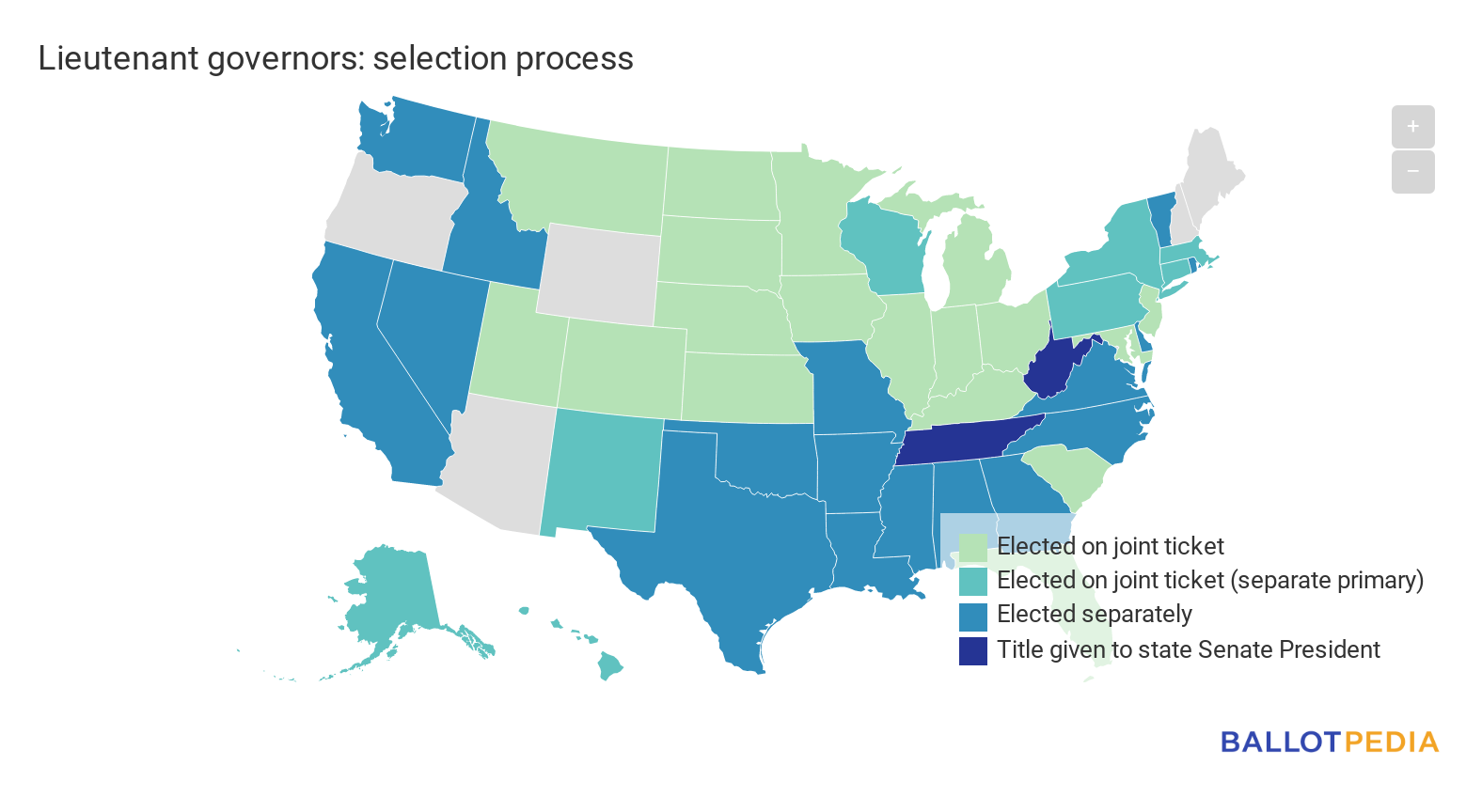Two states’ gubernatorial elections may feature the incumbent governor against the incumbent lieutenant governor
Seventeen states elect their governor and lieutenant governor separately, and currently three of them—Louisiana, North Carolina, and Vermont— have a lieutenant governor of a different party from the governor. Two of those states are holding elections for governor this year and both may require that the leading candidates balance working side-by-side on a day-to-day basis while battling one another on the campaign trail.
There have been 146 gubernatorial elections since 2010. During that time, two races featured an incumbent governor against the state's incumbent lieutenant governor, with both instances happening in the primary. But this year, North Carolina and Vermont may see the incumbent governor face the state's incumbent lieutenant governor in the general election.
Vermont Lt. Gov. David Zuckerman (Vermont Progressive Party/Democratic) announced last week—on Jan. 13—that he would run for governor this year. Incumbent Gov. Phil Scott (R) is eligible to run for re-election but has not announced whether he will do so. In North Carolina, Lt. Gov. Dan Forest (R) is challenging incumbent Gov. Roy Cooper (D). Both must win their respective primaries first. Forest faces state Rep. Holly Grange (R) while Cooper faces businessman Ernest Reeves (D).
If either of these general election matchups occurs, it would be the first such instances since Ballotpedia began covering state executive elections in 2010. The two previous instances this decade where an incumbent governor ran against the state's incumbent lieutenant governor both occurred after the previous governor in that state left office.
West Virginia’s Joe Manchin (D) resigned as governor in 2010 after he was elected to the U.S. Senate. In a 2011 special election, six candidates ran in the Democratic primary, including acting Gov. Earl Ray Tomblin (D) and acting Lt. Gov. Jeffrey Kessler (D). Tomblin won the primary and went on to win the special election. Tomblin won a full term in the state’s regular gubernatorial election in 2012.
South Carolina Gov. Nikki Haley (R) resigned in 2017 after she was appointed U.S. ambassador to the U.N., resulting in then-Lieutenant Governor Henry McMaster (R) succeeded to the governorship. In the 2018 gubernatorial election, McMaster and Lt. Gov. Kevin Bryant (R) were among five candidates seeking the Republican nomination. McMaster won the primary after a runoff against businessman John Warren (R) and went on to win a full term in the November election.
Forty-five states have a lieutenant governor whose primary duty is to act as governor should the governor be temporarily absent from the office. The lieutenant governor also generally succeeds a governor who dies, resigns or is otherwise removed from office. Five states do not have a lieutenant governor at all. In 26 states, the lieutenant governor runs on a ticket with the governor, while, as I mentioned earlier, 17 states elect the offices separately.

|